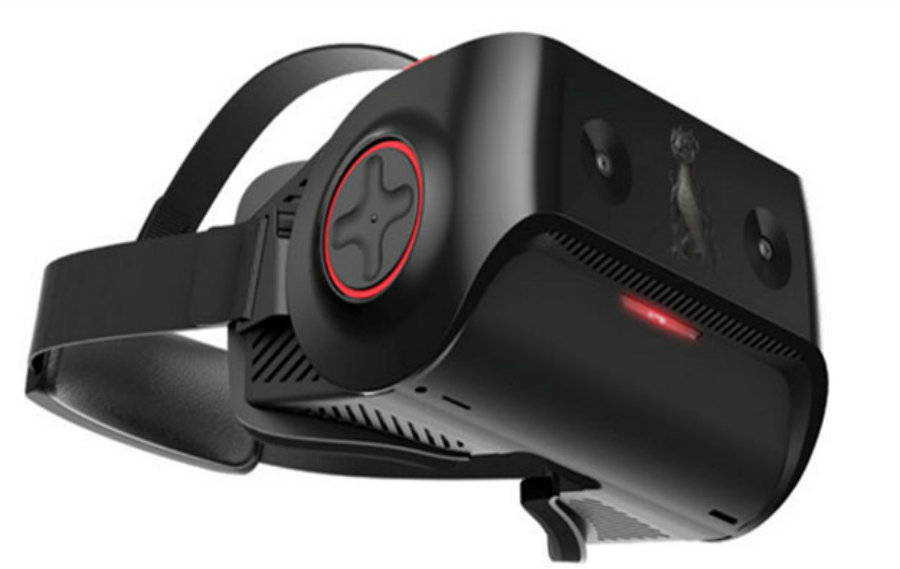Qualcomm (NASDAQ: QCOM) is joining the virtual reality market. The company has unveiled a VR headset based on the Snapdragon 820 chipset. The gadget is named ‘Snapdragon VR820‘, and features 360-degree head movement, four microphones, 4K video, accelerometer, and precise eye tracking.
Qualcomm revealed its headset at the IFA press conference in Berlin yesterday, September 1st. The device is completely wireless, as all of its components are integrated. The company made the gadget in partnership with Chinese-Based ODM, GoerTek.
However, the VR820 is just a reference design for head-mounted displays. Qualcomm created it as a platform for other companies to build on. The multinational is setting to ship the design to its partners at the end of the year.
The Snapdragon VR820 prototype is capable of tracking the user moving up and down, backward or forward. It also enables full rotation and sweeping left or right. Other competitors like Samsung’s Gear VR and Google Cardboard only have three degrees of movement: pitch, roll, and yaw.
The Snapdragon VR820 specs
The wireless device delivers 4K video at 70 frames per second. The delay rate between user action and screen response it’s just 18 milliseconds. The GPU of the VR820 is Qualcomm’s Adreno 530 for next-gen games and apps, according to a company press release from yesterday.
Also, the VR820 has 1440 x 1440 pixel resolution display with an AMOLED panel. The eye tracker of the device consists of two inward cameras, while dual front-facing shooters handle the user’s motion applications and games.
Qualcomm created the platform using a new Snapdragon SDK for OEMs and developers. The software includes advanced VR features to create standalone headsets based on the 820 chipsets, and will be available in Q4 of this year.
The headset seeks to have the best specs/price relation
According to CNET’s Roger Cheng, the goal behind the VR820 is to find a middle ground in the VR market. Right now, there are high-end devices like Facebook’s Oculus Rift and the HTC Vive, though they’re expensive and require powerful PCs.
On the other hand, mobile-based gadgets such as the Gear VR are more affordable -$99- but the visual experience is limited.
Qualcomm is not the only one offering standalone reference designs
On August 16th, Intel unveiled wireless VR headset prototype called ‘Project Alloy’ during the company’s annual Developer Forum (IDF). CEO Brian Krzanich demoed the gadget by bending his fingers, pushing a lever, and using a real dollar bill to carve a statue on a virtual pottery wheel.
However, Qualcomm might take the lead, as Intel is not planning to sell the platform to partners until the second half of 2017.
Source: Qualcomm




